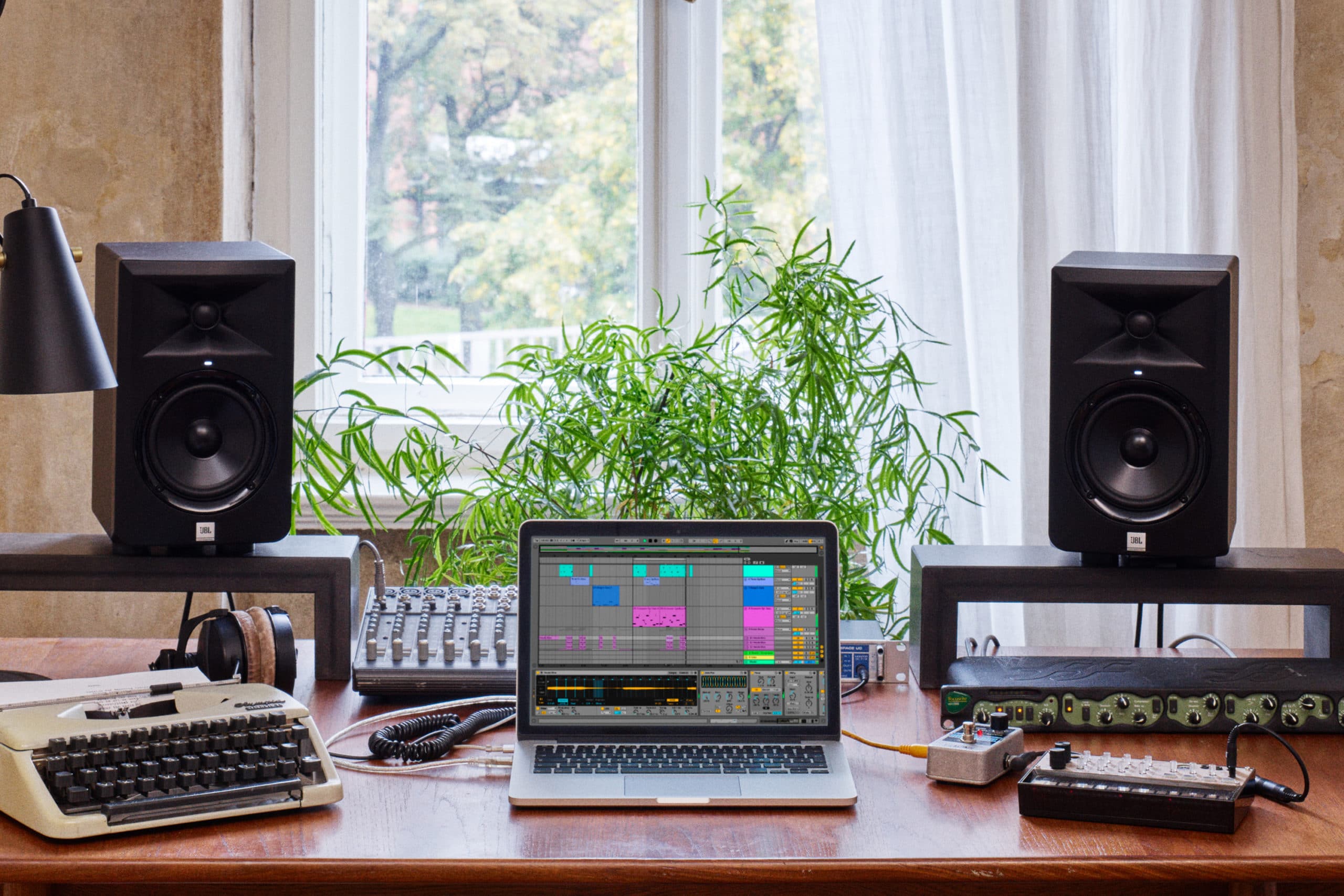5 Mixing Mistakes to Avoid
by Katie Gilchrest
When it comes to mixing, establishing a balance is one of the most important parts of creating a professional sounding production. Some of the same miscalculations are made again and again, and fortunately there are ways to recognize, avoid and fix them. Here are five common mixing mistakes to avoid, with solutions.
- Boomy Bass
Low frequencies that are pushed too far in a mix happen all too frequently. Many engineers and musicians want the music to have girth, authority and a big bottom end to compete with commercial music. However, more is not always better. Boomy bass creates big problems in many places it is reproduced, obscuring higher frequencies and sounding distorted. Most often, the kick and bass are mixed at inappropriate levels. If this keeps happening in your mix, listen on different systems to get an idea of your levels. Then evaluate your monitoring. Room modes and un-neutral listening environments can mask the fact that you might be boosting the bass frequencies. Use an analyzer plugin to check out what is going on in the spectrum, and compare with an analysis of a reference track.
- Too Compressed
The Loudness War continues in modern music, with mixes constantly becoming more compressed. Many audio engineers try to contribute to the War by overly limiting dynamic range, squashing individual instruments and the overall mix. If you are hiking up ratios, constantly lowering thresholds and adding compressors on every track, it may be time to reassess the quality of your production. Remember that the human ear is sensitive, and even though the initial listen is ear-catching, over-compression causes ear fatigue, annoyance, and even unconsciously skipping to other tracks while listening. It’s a very modern mixing mistake to avoid! Instead of automatically throwing the compressors on, bypass or take them off completely, relax and listen. It’s not imperative to have every aspect of the song jump out at the listener – apply them to the main melody instrument, bass, or other sounds that might have inconsistent levels. Not only will the mixes sound better, your mastering engineer will have more to work with.
- Bright and Harsh
In addition to compression, brightness is another favorite tool of engineers to catch people’s attention. When used correctly, high frequencies can add sparkle, energy and emotion to a track. But when not in balance, high frequencies make a mix sound harsh, fatiguing, and thin. Many people’s first inclination is to boost bass, but this can reinforce the boomy bass problem. The best first step is to cut. The ear is sensitive to highs, especially around the 2k-5k range. Try cutting in this part of the spectrum on instruments that may occupy this space. Take care not to cut too much on the most important instrument; it may just be a matter of too many parts in this area. Also, double check other effects besides EQ. Sometimes compression, reverb or other plugins can add an unwanted high end sheen that may sound good soloed, but may not work well as a part of the mix.
- Muddy and Murky
Muddiness tends to occur in the lows and lower mid-range. Too much bass sounds boomy, extra highs sound harsh, and more mid-range / bass sounds muddy, boxy, and murky. Once again, the trick here is to cut. Try cutting first around 250-300Hz, or reduce the amplitude of instruments that live in this area. Unidentified rumbling that may come from air conditioning / heating or building noise can muddy up a mix as well. It is helpful to solo each instrument and listening carefully, and possibly put a low shelf to cut out this unnecessary noise. Synths and other full range instruments will occupy a large part of the frequency spectrum, interfering with other areas. Applying a high pass filter can allow these to cut through and allow space in the rest of the mix. Remember that boosting can potentially be a mixing mistake to avoid and think about cutting elsewhere instead.
- Mix Falls Apart in Mono
Panning can add space, dimension and expansiveness to a mix, but it can also mask phase problems. Although most audio applications are in stereo or even multichannel these days, mono is still reproduced in many places. Clubs, televisions, cell phones, malls, coffee houses, and many other places still use mono. If your mix has phase problems, summing to mono will reveal tinny-ness, bass reduction, and even disappearances of instruments with cancellations. Any multi-miking scenario is susceptible. Check this by putting your whole mix into mono, and use polarity inversion to correct if necessary. You can also use phase monitoring plugins, or check the phase meter on your board frequently.
Don’t wait for these problems to be solved in the mastering stage, start with good mic placement and a balanced band / samples (hopefully), and address issues as you go in mixing. Once again, make sure your monitoring system is set up in an unbiased, neutral way. If using headphones, check your mix on speakers regularly. It also helps to refer to your production on a different system, although don’t get caught up in fixing different problems based on what you hear on each system. Mixing mistakes happen, but they are manageable and easily solved with the right tools and know-how.
There are many more mixing mistakes to avoid covered on our Mixing & Mastering courses, worldwide. At the time of writing this, in London, LA and New York, they are all lead by Grammy-winning engineer/instructors.


